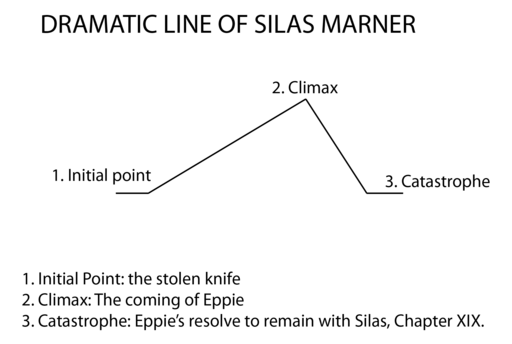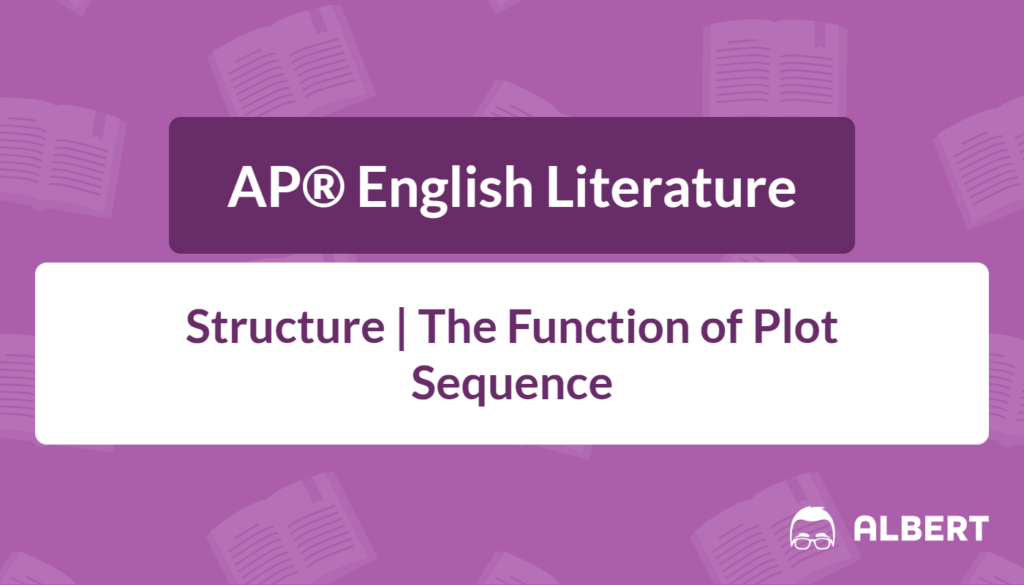Plot structure is more than just a series of plot events; it shapes how readers perceive characters, themes, and conflicts. When writers arrange the sequence of events in a story deliberately, they can heighten tension, emphasize important moments, and guide readers to the underlying message. The following sections explore each component of narrative sequence, show why each matters, and demonstrate ways to analyze them for the AP® Literature exam.
What We Review
What Is the Sequence of Events in a Story?
The sequence of events refers to the specific order in which incidents occur within a narrative. This can follow a simple chronological path or be rearranged to create surprise, suspense, or deeper understanding. For example, in a classic short story like “The Lottery” by Shirley Jackson, the narrative carefully sequences events that seem ordinary before revealing a shocking conclusion, making the final twist more powerful.
In short fiction, the narrative sequence is especially important because the story must efficiently guide readers through setup, conflict, climax, and resolution—all within a limited page count. Recognizing this structure allows readers to see how the author crafts cause and effect in a tight framework.

The Components of Plot Sequence
Most short stories follow a condensed version of the classic five-part plot sequence:
- Exposition: Introduces setting, characters, and conflict quickly.
- Rising Action: Builds tension by introducing complications or stakes.
- Climax: The story’s turning point, often the moment of greatest emotional intensity.
- Falling Action: Reveals consequences from the climax.
- Resolution: Provides closure or leaves a thought-provoking open ending.
Because short fiction must economize, each plot event often serves multiple purposes: advancing the narrative while simultaneously deepening character or theme.
Understanding the Sequence of Events in Short Fiction
In short stories, the sequence of events plays a crucial role beyond just moving the plot forward. It shapes how readers interpret characters, themes, and conflicts in a condensed space. Because short fiction has limited length, every event in the sequence of events in a story is deliberate—each moment carries weight, builds tension quickly, or reveals important shifts. Understanding how authors organize plot events helps students analyze how narrative structure deepens meaning and emotional impact.
How Sequence of Events Shapes Meaning in Short Fiction
In short stories, the deliberate order of events can heighten suspense or reinforce themes. For instance, in “A Rose for Emily” by William Faulkner, the non-linear sequence of events reveals key moments out of order, which gradually unveils the mystery of Emily’s life and death. This fragmented narrative sequence forces readers to piece together clues, deepening engagement and emphasizing themes of memory and decay.
Similarly, in “The Story of an Hour” by Kate Chopin, the brief, intense sequence leads readers through Mrs. Mallard’s emotional journey—from grief to liberation—within a single hour. The tight arrangement of events highlights the story’s themes of freedom and repression.
Analyzing the Sequence of Events
When examining the sequence of events in a story, especially short fiction, try these steps:
- Identify Key Plot Events: Pinpoint moments that shift the story’s direction or reveal character insight.
- Examine Event Relationships: Look for cause-and-effect links—how does one event lead to another?
- Consider Character Choices: Reflect on motivations that drive the action and alter the plot’s course.
- Connect to Themes: Notice how the order of events influences reader interpretation of underlying messages.
For example, in “The Necklace” by Guy de Maupassant, the sequence builds suspense around Madame Loisel’s desire for wealth and the consequences of her choices, culminating in the ironic twist that redefines the story’s meaning.
Identify Key Plot Events:
- Madame Loisel receives an invitation to a prestigious ball, sparking her desire to appear wealthy.
- She borrows an expensive necklace from her friend to complete her elegant look.
- After the ball, she realizes the necklace is lost, setting off a desperate search.
- Madame and her husband borrow money to replace the necklace, plunging them into years of hard labor and poverty.
- Finally, Madame discovers the original necklace was actually a fake, revealing the story’s ironic twist.
Examine Event Relationships:
Each event triggers the next in a tight chain of cause and effect. Madame’s wish for luxury causes her to borrow the necklace. Losing it leads directly to financial hardship. The long years of struggle stem from a misunderstanding rooted in the necklace’s true value. This careful ordering creates tension and heightens the story’s emotional impact.
Consider Character Choices:
Madame Loisel’s vanity and pride motivate her to borrow the necklace rather than admit she doesn’t own something truly valuable. Her decision not to confess the loss and instead replace the necklace at great cost reflects her determination to maintain appearances. These choices drive the plot forward and deepen the story’s themes.
Connect to Themes:
The sequence of events exposes themes of appearance versus reality, the dangers of pride, and the unpredictability of fate. The irony at the end forces readers to reconsider Madame Loisel’s sacrifices and the true cost of vanity. The carefully structured sequence reveals how illusions can trap individuals in self-imposed hardships.
Why Sequence of Events Matters in Short Fiction
Because short stories rely on brevity, the sequence of events must be precise and meaningful. It directs reader focus, controls pacing, and shapes emotional impact. The author’s choices about what to include, when to reveal information, and how to arrange incidents can:
- Amplify tension or surprise.
- Develop character arcs quickly.
- Highlight central conflicts.
- Reinforce themes without extra exposition.
For AP® Literature students, mastering how to analyze this narrative sequence provides insight into a story’s construction and deepens interpretive responses.
Quick Reference Chart: Key Vocabulary and Definitions
| Vocabulary | Definition |
| Exposition | Introduction of background information, setting, and characters. |
| Rising Action | The turning point is where conflict reaches its highest intensity. |
| Climax | The process in which the consequences of the climax start to unfold. |
| Falling Action | The conclusion of the plot ties up loose ends. |
| Resolution/Denouement | The conclusion of the plot that ties up loose ends. |
| Narrative Sequence | The deliberate arrangement of events to create a specific effect or meaning. |
| Linear Structure | Chronological unfolding of events. |
| Non-Linear Structure | Use of flashbacks, flash-forwards, or alternating timelines. |
Final Thoughts
Understanding how the sequence of events influences theme, character development, and reader engagement is a vital skill for the AP® Literature exam. By noting why certain incidents happen when they do, students gain insight into how the author manipulates plot events to guide emotional responses and highlight deeper messages. Whether addressing the dramatic unveiling in Hamlet or the interwoven timelines in Beloved, a close look at the narrative sequence will uncover layers of meaning. This approach offers a powerful advantage when writing analytical essays or contributing to class discussions, ensuring that the structure of a story becomes as illuminating as its individual words and characters.
Sharpen Your Skills for AP® English Literature and Composition
Are you preparing for the AP® English Literature and Composition test? We’ve got you covered! Try our review articles designed to help you confidently tackle real-world AP® English Literature and Composition problems. You’ll find everything you need to succeed, from quick tips to detailed strategies. Start exploring now!
- AP® English Literature: Plot Structure
- AP® English Literature: Analyzing Structure
- AP® English Literature: Contrasts in Structure
- AP® English Literature: How Plot Events Shape Meaning
- AP® English Literature: Conflict in a Story
Need help preparing for your AP® English Literature and Composition exam?
Albert has hundreds of AP® English Literature and Composition practice questions, free response, and full-length practice tests to try out.








